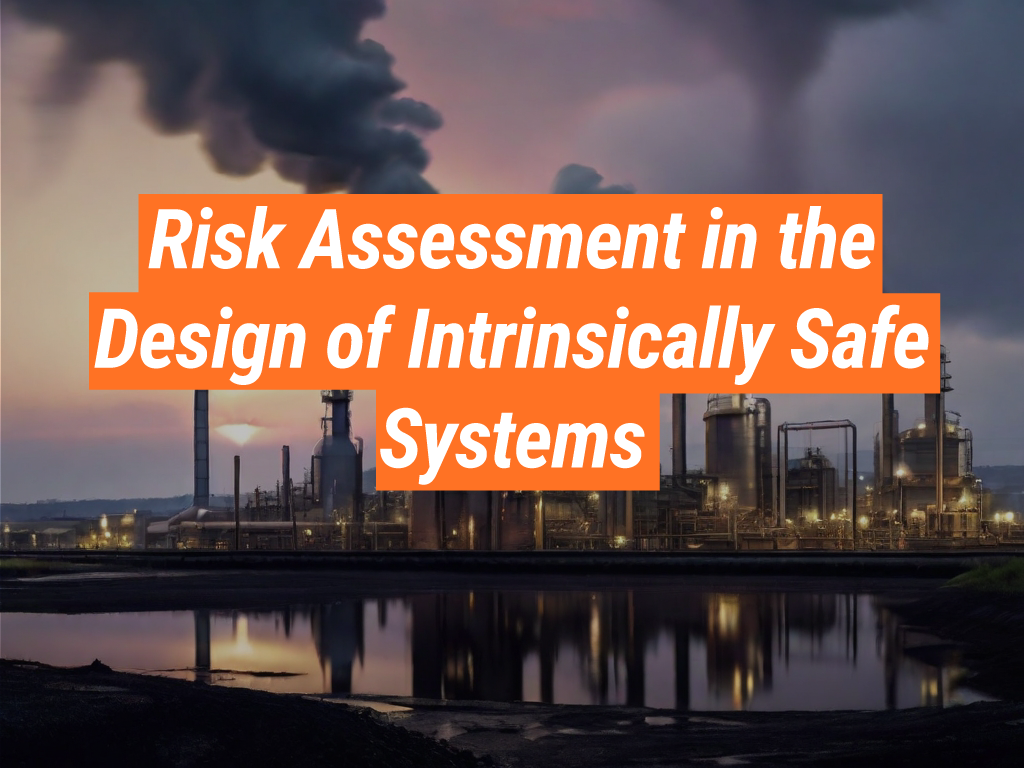When it comes to safety in hazardous environments, nothing is more critical than the risk assessment and design of intrinsically safe systems. Designers engineer these systems to limit available energy for ignition, ensuring that even in the event of a fault, no spark or thermal effect can ignite a specific hazardous atmosphere. Intrinsically Safe Store is a leading provider of such systems, offering a wide range of products designed to ensure safety in hazardous conditions. In this article, we delve into the importance of risk evaluation in the design of these systems. We invite you to visit our website to learn more about our offerings.
Understanding Intrinsically Safe Systems
By ensuring that the energy within the system is always below the energy required to ignite the atmosphere, designers create intrinsically safe systems to prevent explosions in hazardous environments. They achieve this through careful design and risk assessment, ensuring that the system remains safe even in the event of a fault.
The Role of Risk Evaluation
Risk evaluation plays a crucial role in the design of intrinsically safe systems. It involves identifying potential hazards, assessing the likelihood of their occurrence, and implementing measures to mitigate these risks. The following are key steps in the risk assessment process:
- Identifying potential sources of ignition
- Evaluating the likelihood of an explosive atmosphere occurring
- Assessing the potential consequences of an explosion
- Implementing measures to prevent ignition or limit the effects of an explosion
Case Study: Risk Evaluation in Action
A good example of risk assessment in the design of intrinsically safe systems is the case of a chemical plant where flammable gases are present. In this scenario, the risk evaluation process would identify potential sources of ignition, such as electrical equipment, and assess the likelihood of an explosive atmosphere occurring. Intrinsically safe equipment, designed to limit the energy available for ignition, could be used as a measure to prevent ignition.
Statistics Highlighting the Importance of Risk Evaluation
According to the U.S. Bureau of Labor Statistics, there were 166 fatal occupational injuries in the oil and gas extraction industries in 2019. Many of these fatalities could have been prevented with proper risk assessment and the use of intrinsically safe systems. This underscores the importance of risk evaluation in ensuring safety in hazardous environments.

The Role of Risk Evaluation in Intrinsically Safe Systems
In conclusion, risk assessment is a critical component in the design of intrinsically safe systems. It helps identify potential hazards, assess the likelihood of their occurrence, and implement measures to mitigate these risks. Intrinsically Safe Store commits to providing products that adhere to the highest safety standards. We invite you to contact us to learn more about our offerings and how we can help ensure safety in your hazardous environment.


